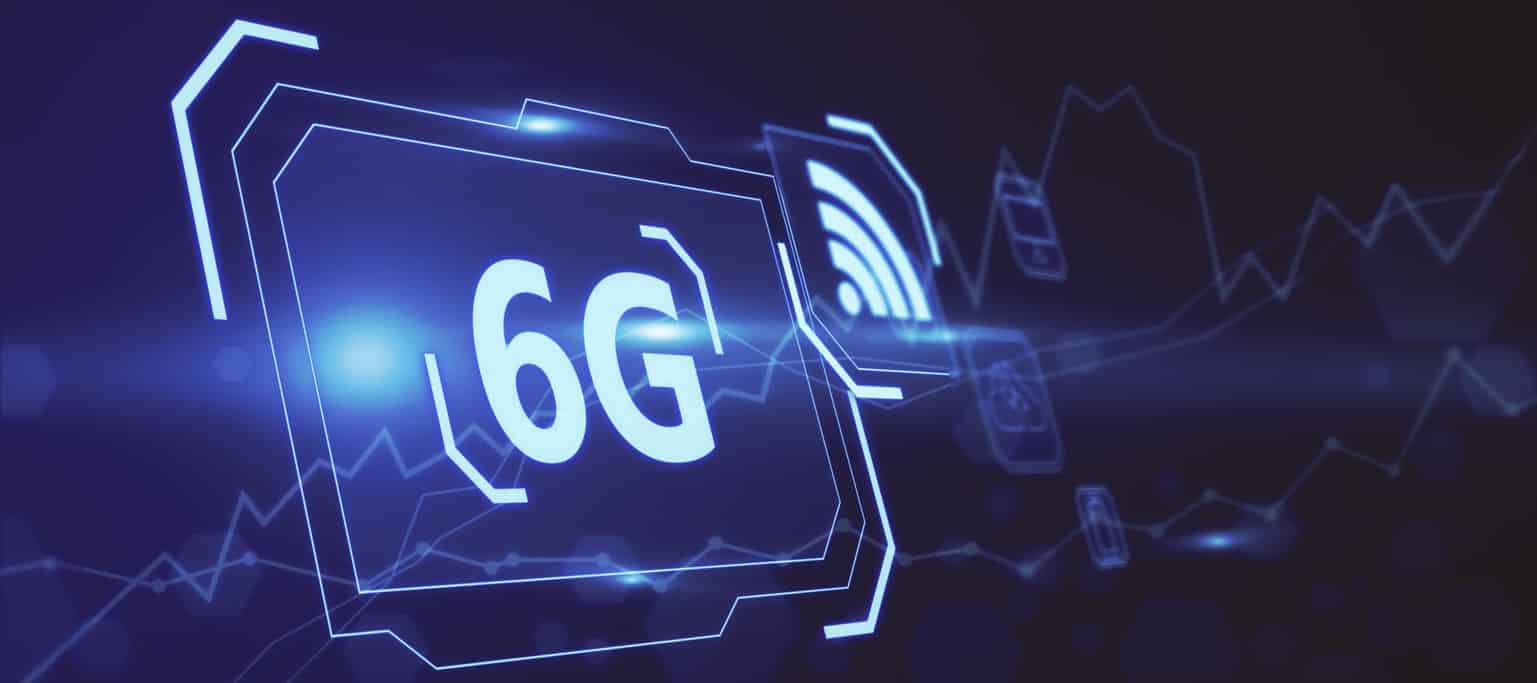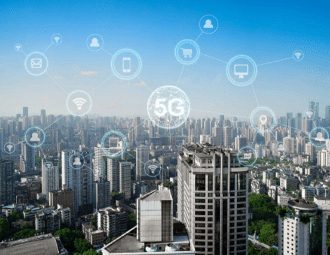What’s Ahead for 6G: What You Need to Know
July 26, 2021

The world of technology never ceases to amaze us while advancing every other year. And we’re on it again – the sixth-generation cellular network is already creating a buzz among tech industry leaders, governments, and headlines. Of course, 6G’s predecessor, 5G, is only at the initial stages of being rolled out in most parts of the world. So, why is the industry talking about 6G this fast, considering that 5G (the fastest wireless network to date) implementation is still new? This article explores just that.
6G is a cellular technology that could provide faster speeds and low latency wireless communications. It would use ultra-high frequencies to achieve this. 5G development saw the introduction of millimeter waves (MM), but 6G will further explore the use of waves with a wavelength less than a millimeter and frequencies of up to 1 THz compared to about 95 GHz used in 5G technology.
How Does 6G Differ from 5G?
Previously, we’ve talked about how 5G will transform smart cities, autonomous cars, decentralized networks (e.g., blockchain), and drones. With speeds of up to 1 Tbps and latency of less than a microsecond, 6G will enhance these applications in addition to revolutionizing communications, Virtual Reality (VR), and AI. Mobile edge computing (MEC) will also be much more seamless with 6G deployment. Another reason why 6G is everyone’s hype is its ability to send and receive frequencies at the same time without the need to split channels, as in 5G.
When to Expect a Functional 6G Wireless Network
The sixth-generation cellular technology is way away in years. We can expect the rollout for commercial use late this decade. Massive deployment may not happen until at least 2020. The infrastructure, electronics, and standards for 6G are yet to be defined or even invented. Nevertheless, various tech-savvy companies and government agencies have started research. Many of them are investing millions of dollars towards the same.
Who is on it?
Earlier in October 2020, a Washington-based group known as the Alliance for Telecommunications Industry Solutions formed a “Next G Alliance”. Companies such as AT&T, Facebook, T-Mobile, Qualcomm, US Inc., and South Korean tech giant Samsung Electronics are part of the alliance which aims to advance research and rollout of 6G.
Another name for the 6G development is Optipulse. According to the company, they are using a miniature chip, which is much faster at sending wireless data than 5G RF emitters. Optipulse has so far tested this technology and proven it to work up to 25 Gbps error-free.
The creator of massive MIMO, Tom Marzetta, currently works as the director of NYU Wireless. He is shaping the firm towards innovating the infrastructure needed for 6G. While acknowledging various design challenges, Tom is steering 6G research at NYU wireless. “We’re doing both experimental and theoretical 6G research.” He says that they’re working on the terahertz spectrum, which has a wavelength equal to one-tenth of that of a 5G millimeter wave.
Future for 6G
Remember that about a decade ago when B4G (Beyond 4G) was a common phrase? These were the initial stages of research on 5G. Today, you can now easily buy a 5G mobile phone, though it seemed mind-blowing then. We can view the B5G with the same lens in that we’re still at the early research work on 6G.
However, there are challenges ahead. Inventing semiconductors that process data at that frequency will prove challenging. Also, there are concerns about sub-millimeter waves. These include being tampered with or obstructed by water molecules in the atmosphere.
Can you imagine downloading 142 hours of Netflix movies in a matter of seconds? 6G has the potential to reach such unparalleled speeds.
At NextGen, we’re always up to date with all the emerging and developing industry standards. Our 50 years of experience gives us an edge in providing the telecom industry with top talents. You can get in touch with us today to learn more about our open jobs.




























